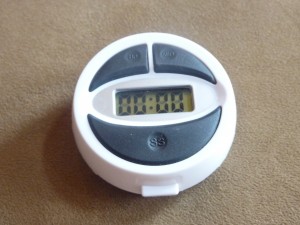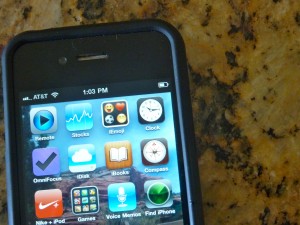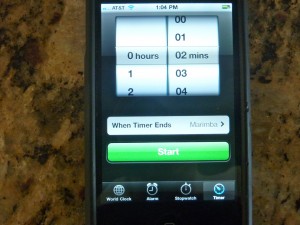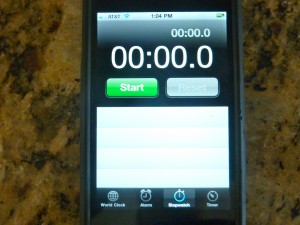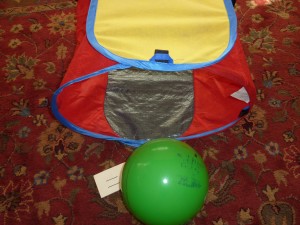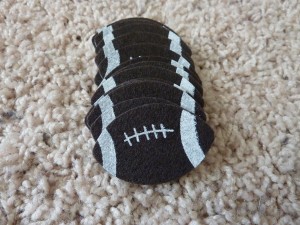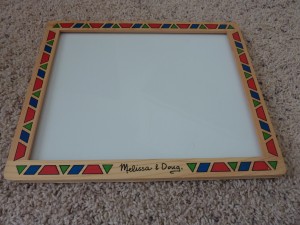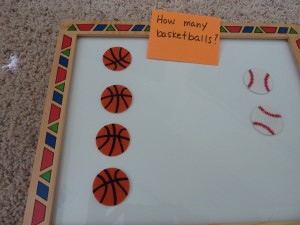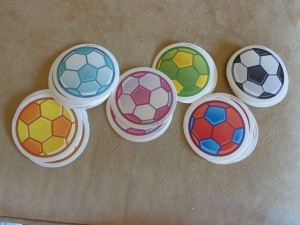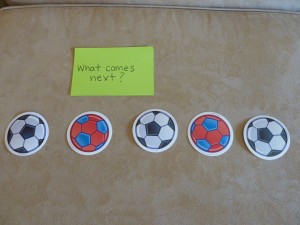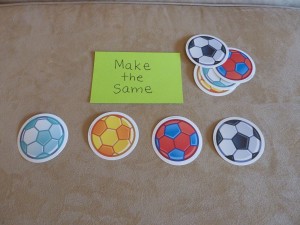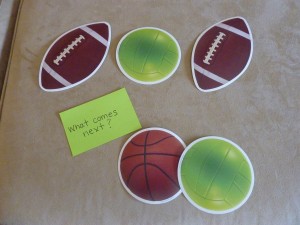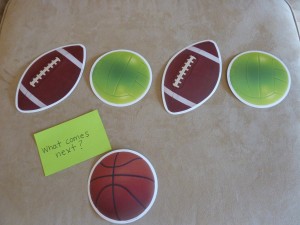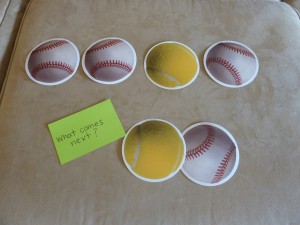Use A Checklist
A basic checklist with words or picture symbols can make a huge difference for you and your child. This has helped us because like the timer, it removes the “mom†(or “dadâ€) aspect of telling him what to do over and over again.
Start Small AND With Things You Know They Can Do
While you may have a whole list of things you’d like your child to do, I have found that we’ve been most successful when we focus on 3 things at a time. These things can eventually be combined as part of a more general step once he understands what is means and what he is expected to do but to start out, I suggest starting small and use things that you know they can do independently while using a title that describes what they are doing. We come up with 3 things that he can do independently and print those out.
A sample for us would be:
Andrew’s “Get Ready For School” Checklist
- Get dressed (underpants, shorts, shirt, socks, shoes) – I would actually put the clothing items below, perhaps with a check box next to them so he can check them off as he goes, I just can’t figure out how to do this for this post – sorry 🙁
- Brush teeth with toothpaste.
- Put lunchbox in backpack.
For us, we need to be specific about what we want him to do and would only be giving ourselves more work by just saying, “Andrew, go get ready for school.” Some children get what that means but we are not there yet and this works well to give him the exact things he needs to do. As he progresses, we could stretch the checklist to say:
Andrew’s “Before School” Checklist
- Make your bed – put pillows on mattress, put blankets on mattress, turn off light and sound machine.
- Get ready: Get dressed and brush your teeth.
- Put lunchbox in backpack.
One Has To Know What To Do Before They Can Be Expected To “Just Know” What To Do
That may seem odd but it is so true, with adults as well as children. Please remember that not all children just know what certain word phrases mean, such as, “get ready,†“behave yourself,†“be a good listener,†and we need to make sure we are being specific about what those phrases mean. We had a checklist for a while that described what “a good listener” looks like. Here was our checklist for that:
Andrew’s “Good Listener” Checklist
- sit with your bottom on the seat or floor
- no talking when teacher or friend is talking
- puts eyes on the person talking
These three basic things may seem obvious to us but for someone like Andrew, we needed to be very specific and start really basic. The checklist gives them something to refer back to if they get stuck, distracted or forget. Think about something that you may do for your child that they can actually do for themselves and build some personal management skills while also removing something from your already full plate.
P.S. This strategy is not only handy at home but is also really helpful for students at school!
Engage, Encourage and Empower!
